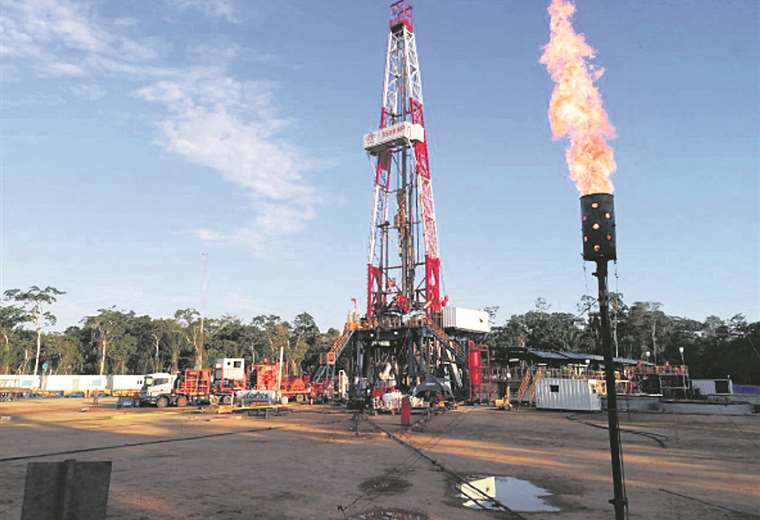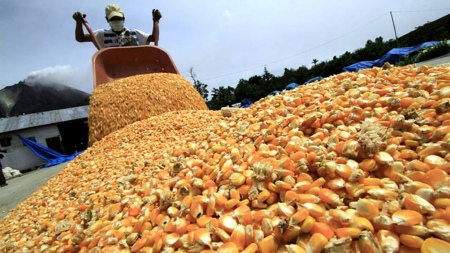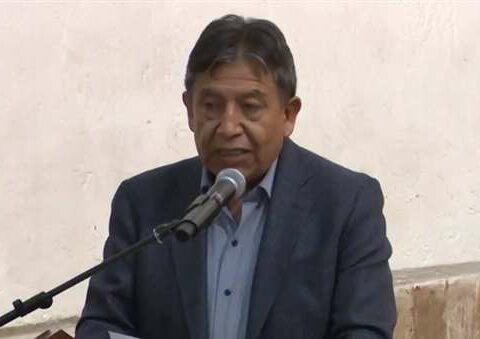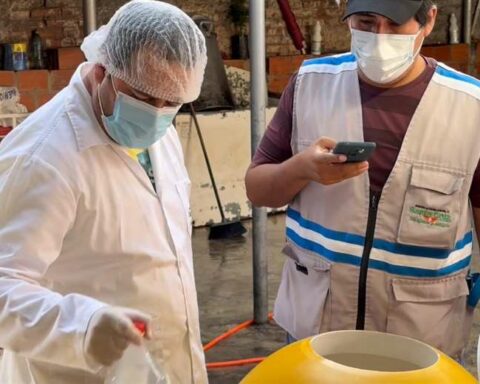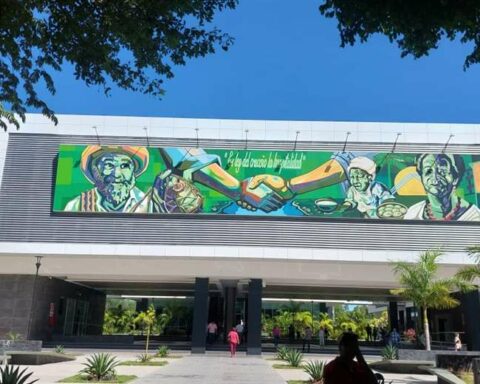November 15, 2022, 7:17 AM
November 15, 2022, 7:17 AM
In a context in which the demand for fertilizers has increased in the world, Peru decided to install its own urea plant, an initiative that was born with advantages in relation to the production of urea in Bolivia. The Peruvian project “can be a serious competitor” to its Bolivian counterpart, said José Padilla, former Secretary of Hydrocarbons for the Santa Cruz Governor’s Office.
On September 2, the Peruvian Government created, through Supreme Resolution 015-2022, a multisectoral commission for the implementation of a urea plant and other nitrogenous fertilizers, “to address the crisis of food security and family farming.” .
“The conflict between Russia and Ukraine has had a considerable impact on trade flows, which, coupled with the bans on fertilizer exports from important producing countries such as China and Russia, causes the increase in international prices of energy goods and fertilizers”, argues the document.
To date, the project has an approved action plan, according to Peruvian media reports.
“Peru is a serious competitor to Bolivia, having the advantage of logistics and perhaps prices, which is a matter of planning and vision of the country, something that we lack,” Padilla said.
The Bolivian urea plant, for its part, has disadvantages, such as its location, which makes transportation costs more expensive; the continuous technical problems that it carries, which cause its irregular operation; its high operating costs; and, given the decline in national hydrocarbon production, the uncertain supply of gas that weighs on the project, which influences the closing of contracts with buyers who seek continuous and secure supply, he explained.
“There is a short-term problem, which is the sustainability of the gas supply for the urea plant,” so “there is no sustainability to maintain a permanent market,” Padilla added.
Peru, in turn, has hydrocarbon reserves in Camisea, but not at a competitive price, so it is necessary to renegotiate with Pluspetrol, operator of that gas field, so that the value of the input is not much higher than that applied for the Peruvian industry, Jorge Manco, a researcher at the Universidad Nacional Mayor de San Marcos, told the newspaper La República.
“The fundamental thing is to have a low price; if not, you make the investment to manufacture urea impossible”, indicated Manco. “The problem is the price and respecting the contracts,” Padilla remarked.
Data from the National Institute of Statistics processed by the Bolivian Institute of Foreign Trade show that last year, the three main markets for Bolivian urea were Brazil, Argentina and Peru (7.1%). Urea is the most widely used nitrogenous fertilizer in Peru, but its suppliers are mainly overseas.
On November 11, in his message for his second year in office, President Luis Arce highlighted that between June and June of this year the value of national urea exports to Argentina, Brazil, Uruguay, Paraguay and Peru totaled $us 137 million.
“Soon, we will have our granulated fertilizers, NPK phosphorus and potassium, made with national raw material (…). In this way, we will strengthen the import substitution policy, reducing production costs in the agricultural sector, but also strengthening our security with food sovereignty, ”he said.

